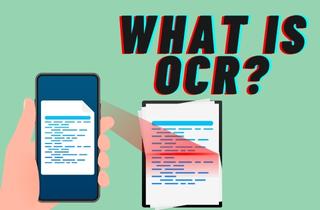 OCR means “Optical Character Recognition,” which is the electronic conversion of images of typed, printed, or handwritten text into machine-encoded text. This process is possible from a scanned document, image-based documents, scene-photo like the text on billboards, or subtitle text imposed on an image. Furthermore, OCR software puts scanned documents into words, thus enabling you to access them digitally, edit, share, or save them in PDF format. This technology now plays a vital role in the digital world. For instance, you have a hard copy of an essential document and are asked to produce a soft copy. So, instead of manually typing all the details from the file, you can use OCR technology to scan it and turn it into PDF quickly. It may sound new to you, but this technology has been used for many years in many industries, like publishing, business, government, education, and more. To discover more about what is OCR, you may proceed to the details below. Make sure you will not get overwhelmed with what you will learn, as OCR technology has much more to offer!
OCR means “Optical Character Recognition,” which is the electronic conversion of images of typed, printed, or handwritten text into machine-encoded text. This process is possible from a scanned document, image-based documents, scene-photo like the text on billboards, or subtitle text imposed on an image. Furthermore, OCR software puts scanned documents into words, thus enabling you to access them digitally, edit, share, or save them in PDF format. This technology now plays a vital role in the digital world. For instance, you have a hard copy of an essential document and are asked to produce a soft copy. So, instead of manually typing all the details from the file, you can use OCR technology to scan it and turn it into PDF quickly. It may sound new to you, but this technology has been used for many years in many industries, like publishing, business, government, education, and more. To discover more about what is OCR, you may proceed to the details below. Make sure you will not get overwhelmed with what you will learn, as OCR technology has much more to offer!
Brief Background About OCR
Now that you know the OCR meaning, it's time to learn more about its background. Early OCR technology may be traced to technologies for telegraphy and reading devices for the blind. Furthermore, in 1914, Emanuel Goldberg created a machine that read characters and changed them into standard telegraph codes. Then, Edmund Fournier d’Albe developed the “Optophone.” This handheld scanner produces tones correspondings to specific characters' letters when passing across a page. Moreover, Ray Kurzweil founded Kurzweil Computer Products Inc. in 1974 and continued the development of the "omni-font OCR." This technology can recognize text that is printed virtually in any font. Kurzweil decided to take the omni-OCR to be a machine-learning device for the blind so computers can read the text to them aloud.
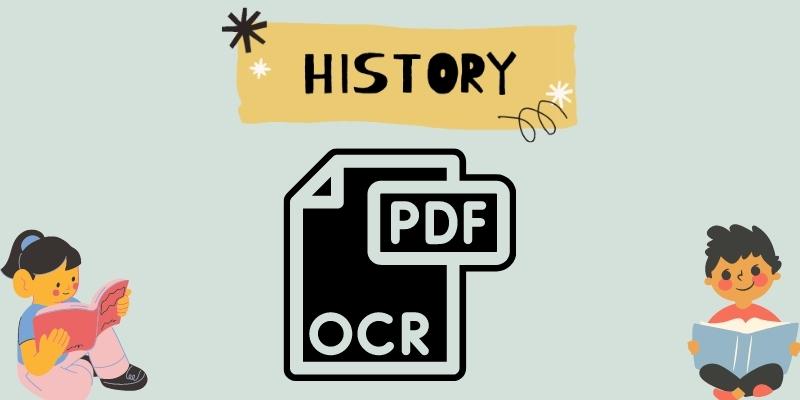
Fast forward to 1980, Ray Kurzweil sold his entire company to Xerox, which was interested in commercializing paper-to-computer text conversion. Then in the 2000s, OCR was made available online, cloud computing, and mobile applications. With the advent of smartphones, OCR can be utilized in internet-connected mobile apps that can extract text taken using the phone's camera. Since then, OCR technology has undergone many improvements. Today, it can deliver precise scanning solutions that we enjoy in document processing. In addition, you can now take advantage of the technology as it is available to the public.
How OCR is Used?
The first step in taking advantage of OCR is to use an application that supports OCR. Now, most PDF applications have an OCR feature to help you quickly scan documents and turn them into a digital and editable format. Also, you can use OCR online apps, which you can search online, or use various mobile apps for the process. Moreover, see the details beneath to guide you through where OCR is mainly used. This will help you better understand what you can get by using OCR for your essential files.
- OCR in Document Management. After scanning your PDF files or other printed documents, you can easily place them in one place or folder. This will help you to organize and arrange your files and eliminate unwanted pages. In addition, you can manage your files by adding a password to ensure their protection, especially on files with private details. Also, there’s no need always to carry the on-hand copies as you can quickly access the digital copy on your device.
- OCR in Data Entry and Data Processing. OCR app helps businesses to achieve higher productivity by clearing the way for quicker data retrieval. The time and effort employees were required to extract relevant data can now be minimized. In addition, employees don’t have to go to the records room to get required files, as they can easily access them in real-time on their desks. Besides, businesses can cut down on hiring professionals to do data extraction, which is one of the essential benefits of OCR data entry solutions.
- OCR in Image and Text Recognition. An OCR can scan documents, including their texts, images, and other details. The tool can identify original characters from the document through pattern matching and feature extraction. Furthermore, the scanned image will be rendered in black and white when it comes to OCR for images. Then, this will be utilized to differentiate between the brighter background and darker characters. That said, you can quickly scan files with text and images to instantly saved them to your device for future use.
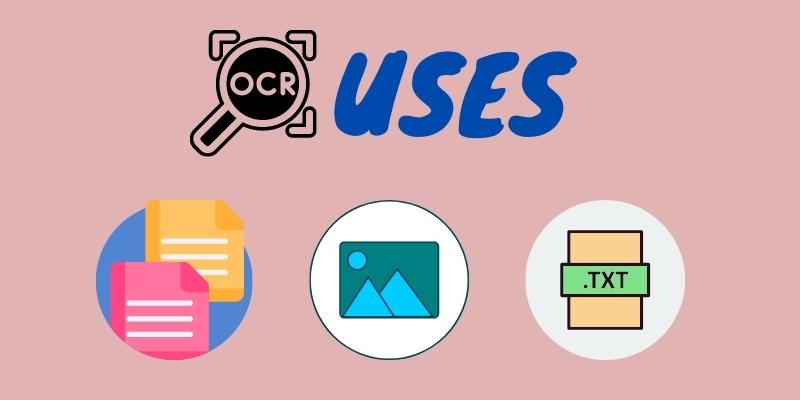
Benefits of Using OCR Processing
Using OCR technology can change your everyday work routine. From manually handling important documents to sharing them digitally can help you save time. In addition, businesses that use OCR to convert images and files save resources that would otherwise be necessary to manage even unsearchable data. The benefits of OCR technology include the following:
- Improved Productivity. By eradicating the need for manual data entry for specific tasks, time and effort can be focused on other essential tasks. Also, through digital storing of files, you can improve workflows by accessing them anytime and anywhere. Besides that, everyone can be on the same file easily, as digital documents make it easier to have the most up-to-date details.
- Reduced Errors. Manual typing of documents leads to many spelling errors and layout issues. You don’t want your supervisor or colleague telling you that the file you’ve sent has many errors. Using an OCR scanner to scan documents instead of manually typing them will save you from making mistakes. Also, thanks to advanced OCR technology, the final digital output will include every tiny detail on the file you will scan.
- Cost Savings. Opting for OCR is a massive help in cutting down expenses. Some of these are you can trim costs in printing, copying, and shipping of the files. With that, OCR gets rid of the cost of misplaced and lost documents. In addition, it provides higher savings in the form of reclaimed office space, which could be used for storing other paper documents and records.
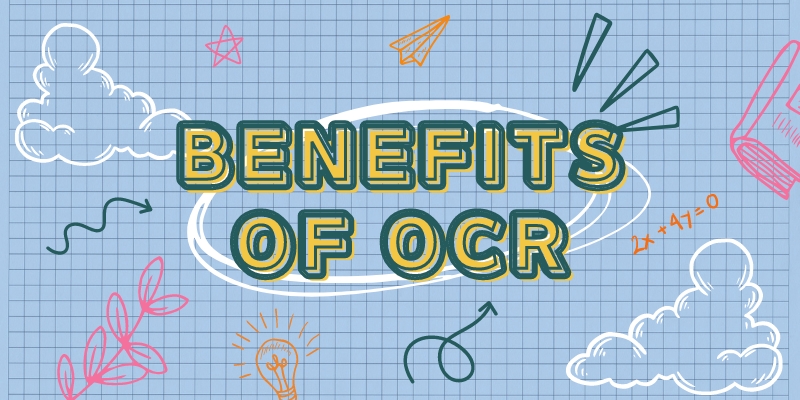
Challenges You Might Encounter
There will always be drawbacks and limitations for every technology, and the OCR engine is not an exemption. Of course, the constraints and challenges you will encounter in using OCR may vary depending on the application and devices you use. Moreover, below are some of the challenges that other users mostly report. Have a look at them and see if you have also encountered one. If not, luck is on your side.
- Accuracy Limitations. This problem mainly occurs when it comes to document fonts. Italic style and script fonts of characters might overwrite each other, making it difficult to perform in the segmentation process of OCR. Moreover, the characters of some fonts have significant within-class variations and many patterns. That makes it challenging to ensure the OCR accuracy recognition when the character's class numbers are huge.
- Complexity of Implementation. In a familiar environment, we always see large numbers of man-made objects, which are included in camera-taken images, like buildings, paintings, and symbols. These objects have comparative structures to text, which makes recognition challenging. Furthermore, the challenge with a scene intricacy is that the surrounding makes it hard to separate text from non-text.
- Compatibility Issues. Not all OCR applications are applicable to use on smartphones and computers. This depends on the OS you are using. Most OCR apps only support iOS, Android, Windows, and Mac. If you use another OS, like Linux, Fedora, or Chrome OS, you might find it difficult to get a compatible OCR app. Besides that, the OCR apps require high and updated smartphones and other devices before you can use them.
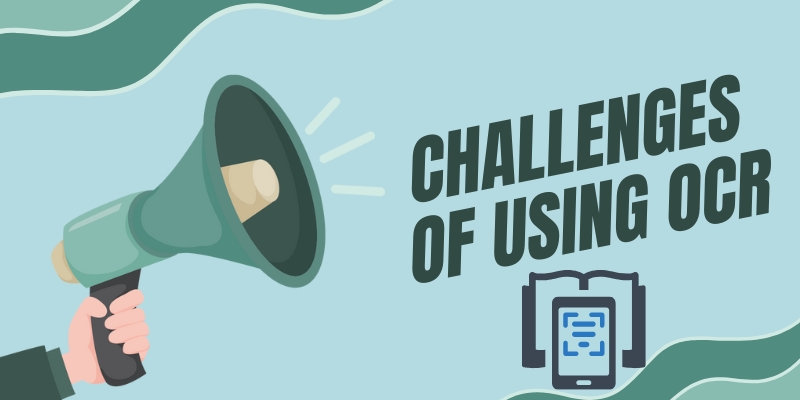
Future of OCR
OCR reader and technology become helpful solutions in document-processing tasks. With the continuous development of the creative minds of many developers, OCR will likely increase its massive usage and accuracy. Furthermore, the OCR market size is expected to expand at a compound growth rate of 14.8% from 2023 to 2030. The following are some of the possible futures of OCR in the digital world.
- Potential Further Advancements in OCR Technology. Due to the high demands of digital work, the future of digital transformation rests on making OCR more efficient. That means many investments to improve the accuracy of reading typed characters in files of all types will come. In addition, a massive chance of utilizing OCR software to find the text’s meaning can be possible.
- Future Applications of OCR. Today, OCR application areas include handwriting recognition, receipt imaging, the legal industry, banking, healthcare, captcha, and more. There’s no denying that OCR technology has helped a lot of sectors. So, the next generation of OCR will not be limited to a specific application. OCR for PDF and other formats will continue to learn more to enhance its application, like deep learning, engineering, neural networks, and more.
- Impact of OCR on Society and Workplace. Manual labor, cost, and time can be further decreased. This also eliminates pressure on the employees as their job will be more efficient. OCR users can be more knowledgeable in the digital world, as that is what the solution is all about. On the other hand, OCR in society contributes to developing high learning and productivity. Who knows, the OCR definition will be further enhanced too in the future.
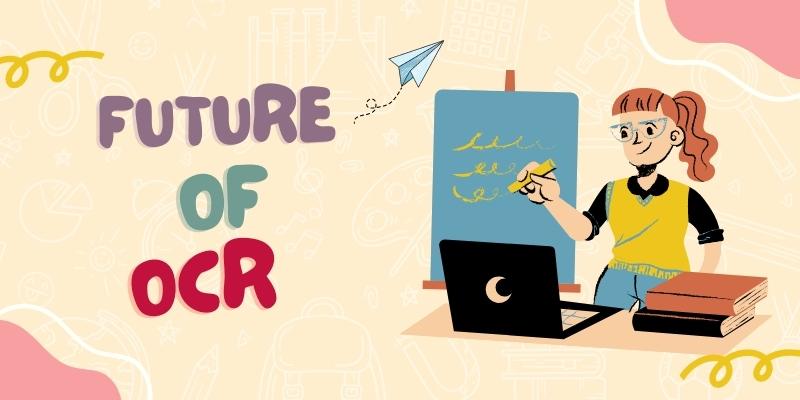
Conclusion
Firstly, we discussed the brief background of OCR technology and its uses in greater detail. Then, we discuss the benefits of using the technology and the challenges you may encounter. We also highlight the future of the OCR tool and technology in many aspects. Moreover, the state-of-the-art OCR enables text and image recognition with high accuracy. Apart from that, this technology could have more practical applications and use. With all the details you have learned in this post, you will notice that OCR provides ease and accessibility of essential documents. Undoubtedly, this invention saves thousands of times on file processing each year, and soon, it will play an essential role in completely automating all kinds of paper works.
